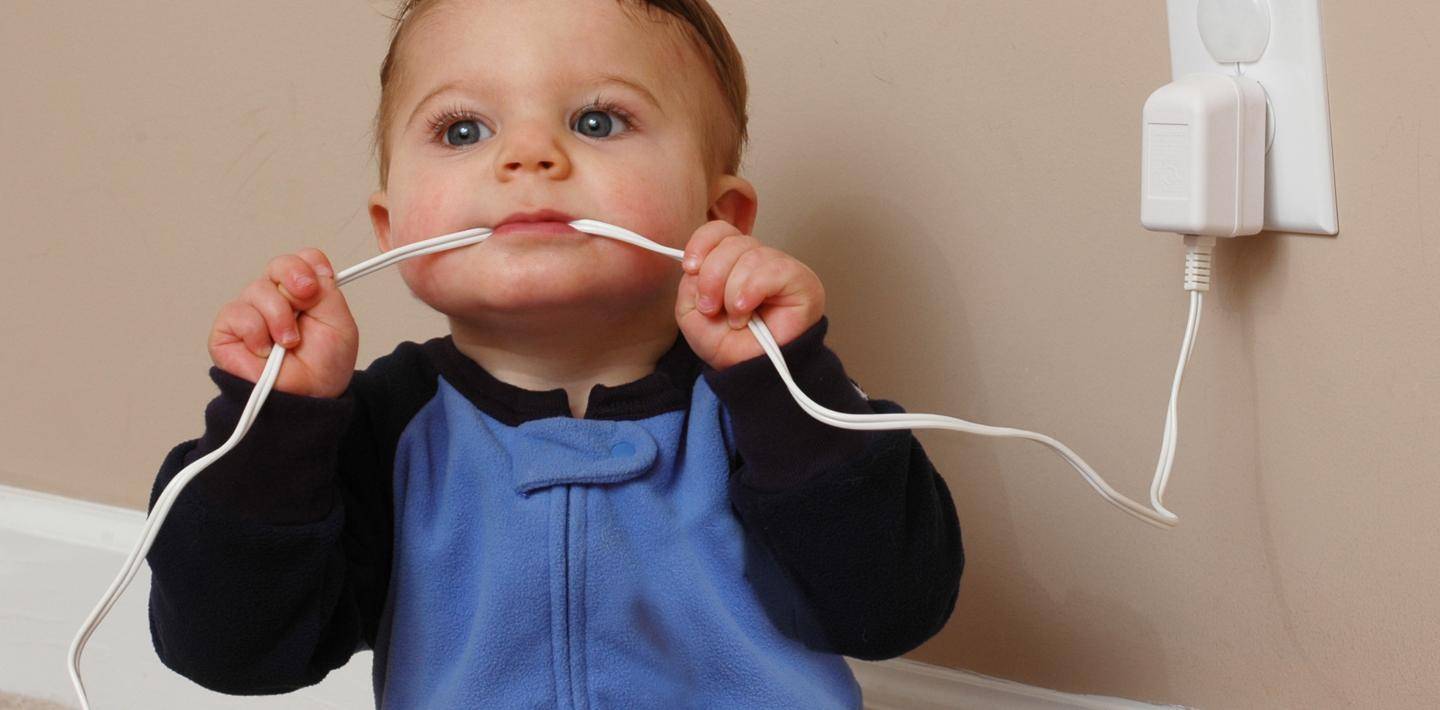The Real Insight is a must-read consumer newsletter that delivers important news about the real estate market right to your inbox every week. The Real Insight will benefit readers with hand-picked articles and curated content that puts our expertise in the real estate industry to work for you. Learn about the best time to buy or sell, when to start (or stop) that pesky remodeling project and how the larger real estate market could impact your decision on whether to invest in real estate—and when. You’ll also receive reliable seasonal articles during tax time and DIY decorating tips for the holidays. Subscribe to The Real Insight today and get informed!

Child proofing your home clearly is essential when tiny fingers can wander into all kinds of mischief. But even when your kid becomes a tween, your home contains dangers, many of which can be eliminated with good home maintenance.
“Every time your child takes that next step into their future, they’re taking on risk,” says Meri-K Appy, president of Safe Kids USA.
The bottom line? Common sense. When you recognize a potential hazard, such as a kitchen knife or screwdriver lying around, put it away before you do anything else. Here are other smart tips:
Make sure tap water is no hotter than 120 degrees, which can scald baby. To test, run water for 60 seconds, then take its temperature. If it’s too high, reset the thermostat on your hot water tank to its lowest setting.
Install an anti-scald tub spout ($30), which reduces too-hot water to a trickle. Installation is a DYI project that involves only replacing the current spout.
Remove knobs from your range and only replace them when cooking. Turn pan handles toward the wall.
Remove any toxic products from base cabinets in the kitchen and bathroom. Look for dishwashing detergent, cleaners, hair straighteners, mouthwash, and cosmetics. If you can’t move toxic substances, attach a child-proof lock to drawers and cabinets ($2-$30).
When you unload your dishwasher, put away knives and forks first.
Store toys with small parts — small enough to fit through a toilet paper liner — on upper shelves and in lockable bins.
Sand wood decks so crawlers don’t get splinters.
Surround pools with fencing at least 4 feet high. Use only fencing material that is not climbable, such as vertical-slats and mesh. Gates should be self-closing and self-latching. Add a lock for extra security when you’re not around.
Install an anti-entrapment drain cover ($40), which prevents hair from being sucked into the pool or spa filters and trapping children under water.
Schedule regular deck maintenance to assure they are constructed soundly and that anchoring hardware is sturdy. Make sure railing slats are less that four inches apart to prevent little heads from becoming stuck.
Replace outlet faceplates with outlet covers ($9 for three) that slide shut when a plug is removed.
Anchor tall furniture to the walls with furniture safety straps (about $10).
Install window guards ($35-$50) on upper floors.
Make sure backyard play spaces provide a soft landing for inevitable falls. Cover the ground around swing sets and climbing areas with soft materials that are 9 to 12 inches deep and extend 6 feet in all directions. Don’t count on grass or wet sand to cushion the fall. Instead, use the following:
Hardwood mulch ($2/2 cu. ft.)
Pea gravel ($3.40/.5 cu. ft.)
Rubber mulch ($8/.8 cu. ft.)
Tween-agers often are old enough to stay home alone after school. Keep them safe in the following ways:
Drill tweens on door and window safety. Make sure they know how to work locks, how to answer the door (or not), and whom to allow in (or not).
Make sure your child knows what to do, where to go, and whom to call in an emergency. Review your family’s fire escape plan.
To avoid cooking burns, move microwaves to counters or tables where children can easily slide hot food onto a solid surface.



